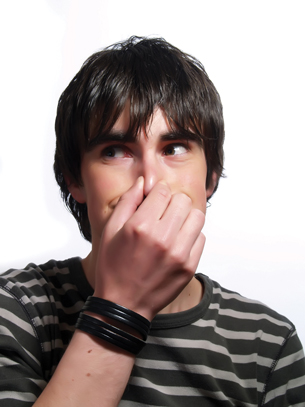Module 7 Intro
1. Module 7 Intro
1.17. Lesson 3 Intro
Module 7—The Digestive and Respiratory Systems
Lesson 3—The Respiratory System
 Get Focused
Get Focused

© Henri Schmit/shutterstock
Have you ever tried to see how long you can hold your breath? How long did you last? 30 seconds? 45 seconds? It is not possible for a healthy person to hold his or her breath indefinitely. The buildup of carbon dioxide in your blood triggers a strong hunger for oxygen. Involuntary control takes over, your body reboots, and breathing resumes.
Breathing is one of the few physiological processes that occurs reflexively but can still be controlled consciously. Conscious attention to breathing is common in many forms of meditation like yoga. In swimming, cardio fitness, speech, and vocal training, you learn to control your breathing for purposes other than life support.
Since you don’t control the overall process of breathing, how exactly does oxygen from the atmosphere enter your body? How do your lungs fill up with carbon dioxide to exhale?
In this lesson you will explore the following essential question:
- How do the principal structures of the respiratory system act to exchange matter and transfer thermal energy between the body and the external environment?
 Module 7: Lesson 3 Assignment
Module 7: Lesson 3 Assignment
Your teacher-marked Module 7: Lesson 3 Assignment requires you to submit a response to the following:
- TR 2. The Mechanics of Breathing
- TR 3. Complete Investigation 7A OR Interpreting a Spirograph
You can access your Module 7: Lesson 3 Assignment. You can print off the assignment or save the download to your computer. Your answers can be saved on this document to your course folder.
You must decide what to do with the questions that are not marked by the teacher.
Remember that these questions provide you with the practice and feedback that you need to successfully complete this course. You should respond to all the questions and place those answers in your course folder.